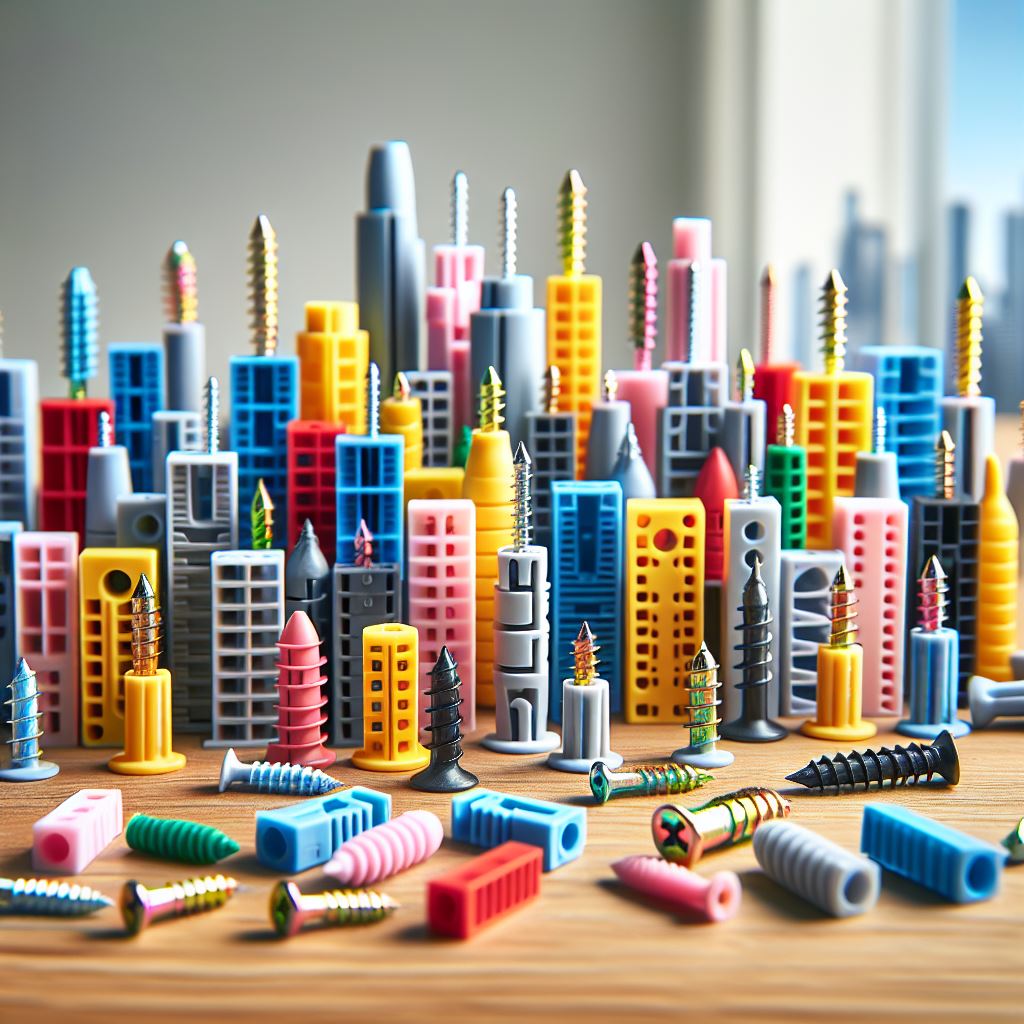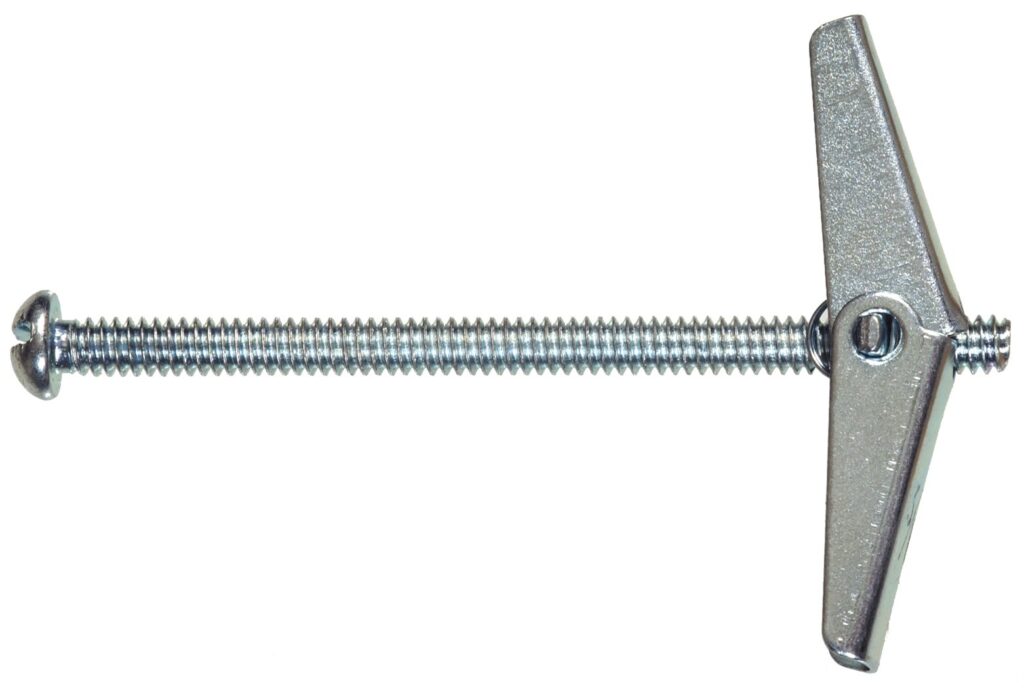How to Choose the Right Plastic Anchor for Your Wall Type?


This guide will walk you through how to choose the right plastic anchor based on your wall type, ensuring a strong and stable mounting solution.
When it comes to mounting items like shelves, pictures, or TVs, choosing the right plastic anchor is key to ensuring a secure and lasting installation. With so many options available, it can be overwhelming to decide which anchor will work best for your specific wall type. Different walls require different anchors, and understanding how to select the correct one can save you from unnecessary damage and the frustration of items falling off the wall.
Before choosing an anchor, it’s essential to understand the type of wall you’re working with. The most common types of walls in residential and commercial properties are drywall, plaster, concrete, and brick. Each of these wall types has different properties that can affect the type of anchor needed to ensure a secure hold.

Plastic anchors are versatile and come in many different shapes and sizes. They work by expanding inside the hole drilled into the wall, providing a firm grip on the surrounding material. The right plastic anchor will distribute the weight of the mounted item evenly across the wall, minimizing damage and ensuring it stays securely in place.
However, different types of plastic anchors are designed for various wall materials, so it’s crucial to pick the right one for the job.
For drywall, the most common plastic anchors are expandable anchors and winged anchors.
Expandable Anchors:
These anchors are typically used for lightweight items like small pictures or light shelves. When you screw a screw into the anchor, it expands, gripping the sides of the hole to hold the item in place. They work well for drywall because they spread out the load over a larger area, preventing the anchor from pulling out easily.
Winged Anchors:
Winged anchors are perfect for heavier items such as medium shelves or curtain rods. These anchors have “wings” that spread out behind the wall, creating a larger surface area for support. They offer extra stability, especially in drywall that may not be as strong as plaster or concrete.
Plaster walls are more robust than drywall, but they can crack more easily. For plaster, self-drilling anchors or toggle anchors are often the best options.

Self-Drilling Anchors:
These anchors don’t require a pre-drilled hole, which reduces the risk of damaging the plaster. Simply screw the anchor into the wall using a screwdriver. These are ideal for medium to heavy loads such as mirrors or light shelves.

Toggle Anchors:
Toggle anchors are an excellent choice for securing heavier items on plaster walls. They have a set of wings that spread out once inserted into the wall, providing a broad support base and reducing the risk of cracking the plaster.
When mounting on concrete or brick, you need an anchor that can handle the density and hardness of the material. Nylon anchors and concrete screws are typically used.
Nylon Anchors:
Nylon is strong, and when used in concrete or brick, these anchors can provide a solid grip. They are best for medium-weight items like shelves or framed art.
Concrete Screws:
These are heavy-duty anchors that are made specifically for masonry walls. Concrete screws are designed to tap directly into the material without needing an expansion mechanism. They’re perfect for mounting heavy items like large shelving units or even flat-screen TVs.
Once you know the type of anchor that is suitable for your wall, it’s also important to choose the correct size. The size of the anchor depends on the weight of the object you’re hanging. For lighter items, a smaller anchor will suffice. For heavier items, larger anchors are required to provide more holding strength. Always check the weight limit of the anchors and match them to the size and weight of the object you’re mounting.
Lastly, consider the purpose of your installation and the amount of weight the anchor will need to bear. For example, mounting a small picture requires a different anchor than installing a TV mount or heavy bookshelf. Understanding the load and selecting the right anchor for the task is crucial for ensuring a secure, long-lasting installation.
Choosing the right plastic anchor for your wall type is essential for ensuring a safe and secure mounting installation. Drywall, plaster, and concrete all require different anchors to handle the weight and distribute the load properly. Whether you’re using expandable anchors for lightweight items or toggle anchors for heavy-duty mounting, make sure to choose the correct plastic anchor for your wall material, weight requirements, and installation needs. With the right anchor, you can enjoy a reliable and secure hold that won’t damage your walls.
Unveil the simplicity of stud finding with the CH Hanson Magnetic Stud Finder. No batteries, just magnets—effortlessly locate studs with precision and ease. Discover innovation without complexity.
Drilling can be a messy task, but the Bosch Dust Cap Collector changes everything! This dust-free drill hack captures debris at the source, keeping your workspace clean while ensuring precision. Pair it with Elephant Anchors for a flawless, secure installation on drywall, metal studs, or concrete. Say goodbye to dust and hello to effortless drilling! Watch it in action now!
For a secure and durable mounting solution, combining wall anchors with Elephant Anchors ensures maximum strength. Designed for metal studs and drywall, Elephant Anchors provide a firm grip, supporting up to 200 lbs. Follow our step-by-step guide to achieve a professional-grade installation for TVs, shelves, and more!